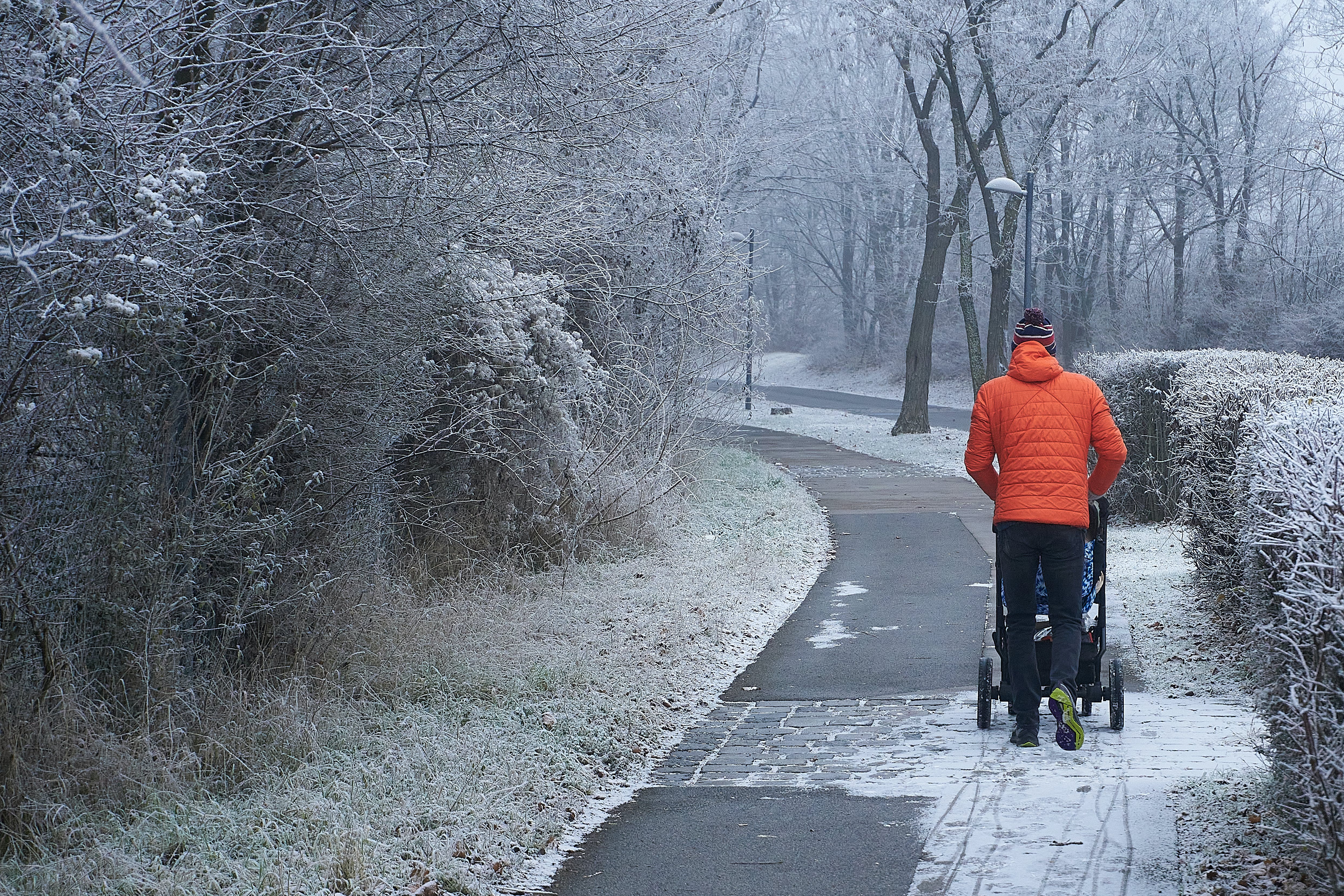Although for many years parents and paediatricians have noticed that cold fresh air helps improve children’s croup symptoms, there was no scientific data to support this. Now, a team in Geneva carried out a randomized clinical study that supports this claim; it shows that going outside in cold fresh air helps initially reduce the severity of croup symptoms in children.
Croup is a common infection that mainly affects babies and young children from six months to three years old. Croup symptoms include a characteristic barking cough that predominantly occurs during the night, a hoarse voice and a squeaky, high-pitched noise when breathing in. Although most cases are mild, croup is a significant health care burden that causes 3 to 5% of visits to paediatric emergency departments and 72-hour readmissions for children under the age of two.
The recommended treatment for croup is a single oral dose of dexamethasone, a steroid that takes about 30 minutes to take effect. However, paediatricians and parents alike have long reported that cold fresh air helps soothe the symptoms of croup. Many parents even noticed improvements in their child’s symptoms in the fresh air on the way to the hospital. Until now, this cold air treatment remained predominantly anecdotal, with no documented scientific evidence to support it.
This motivated a group of paediatricians at Geneva University Hospitals (HUG) and The University of Geneva to carry out the first randomized study asking whether cold air genuinely reduces the severity of croup symptoms in children.
On cold days (below 10°C) between November 2016 and May 2021, Dr. Siebert and his colleagues conducted the clinical study on 118 children brought to the hospital with croup. Children between three months and ten years who had a croup severity of 2 or above on the Westley Croup Score were included in the trial. The Westley Croup Score, or WCS for short, is a scale ranging from 0 to 17 that clinicians use to categorize how severe a patient’s croup symptoms are.
In the hospital’s emergency department, after triage and a standard dexamethasone steroid treatment, children were randomly assigned to wait for 30 minutes either outside in the cold air with a blanket, or inside at 25°C. After the half-hour wait, patients in the outdoor group returned inside the emergency department and all the children were re-examined. The clinicians assessed whether the child’s symptoms had decreased by 2 WCS points compared to before the 30 minutes.
The results were striking. The team found that almost half (49%) of children from the outdoor group had decreased symptoms compared to only 23.7% of the indoor group. The benefit of the cold air intervention was most apparent in children with moderate croup (who arrived with a WCS score of 3-5) for which 63% of the outdoor group had at least a 2-point drop on the WCS scale compared to only 17% of the indoor group. This shows that exposure to cold fresh air helps improve croup symptoms within the first 30 minutes.
The oral dexamethasone steroid treatment is known to have a 30-minute delay before effect. When the clinicians reassessed the children again 60 minutes after the steroid treatment, they no longer found a significant difference between the outdoor and indoor groups. This may be because the steroid partially alleviated symptoms by 60 minutes. Alternatively, it could be that the cold air benefits stopped at 30 minutes when the children came back inside into the warm. It’s also possible that the cold air helped to speed up the relief of symptoms that would have improved eventually but at a slower pace.
When they returned home, parents were asked to assess their child’s symptoms for one week after the hospital visit. They again did this using a point-based system based on their child’s symptoms, including whether they made noise when breathing in and if they had a barking cough. The overall total score showed no significant difference between the indoor versus outdoor treatment groups. However, slightly more children in the outdoor group had no persisting symptoms at the end of the week compared to the indoor group.
Overall, this study supports the common belief that exposing children with croup to fresh cold air improves their symptoms. Although the effect is short term, taking children outside until the therapeutic benefits of steroids take effect could be a useful and easy initial measure for parents and clinicians to take. This research not only validates a long-held belief but also offers a practical intervention for relieving croup at early stages.
Original Article:
Siebert, J. N., Salomon, C., Taddeo, I., Gervaix, A., Combescure, C., & Lacroix, L. (2023). Outdoor Cold Air Versus Room Temperature Exposure for Croup Symptoms: A Randomized Controlled Trial. Pediatrics, 152(3). https://doi.org/10.1542/peds.2023-061365
 Health & Physiology
Health & Physiology



